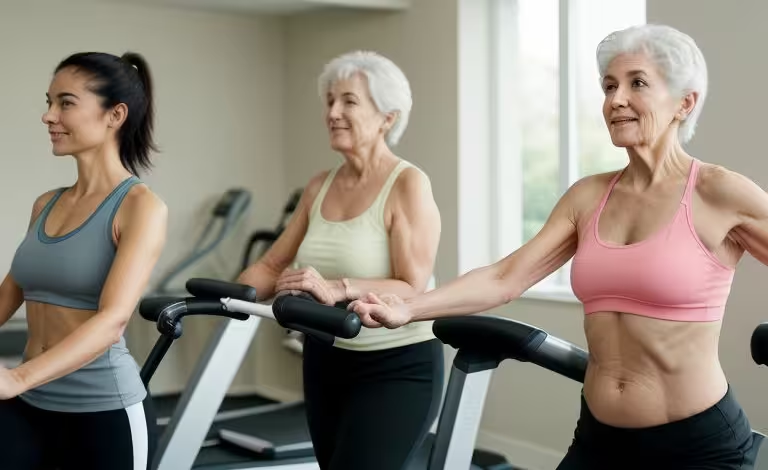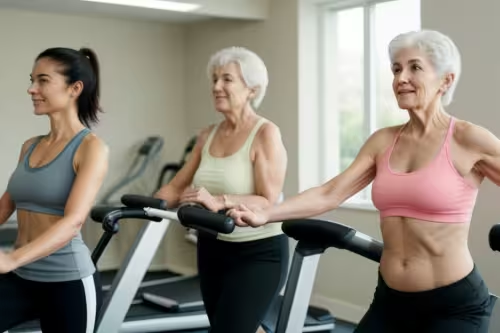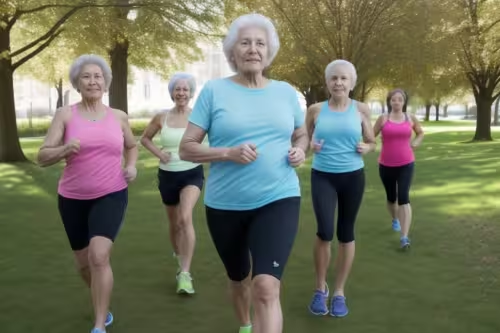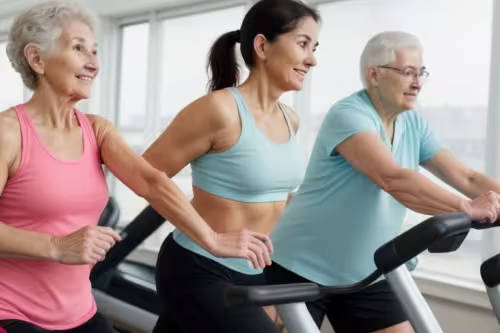
Exercise As Medicine: Unlocking The Power Of Physical Activity For Health
When we think of medicine, pills and prescriptions often come to mind. But there’s another, often overlooked remedy that’s accessible to almost everyone: exercise. The concept of “Exercise as medicine” is gaining traction, thanks to its significant impact on preventing and managing various diseases. From boosting cardiovascular health to enhancing mental well-being, the benefits of regular physical activity are profound and far-reaching.

Chronic Health Problems
Chronic health issues, such as heart disease, diabetes, and certain cancers, are prevalent worldwide, straining both health and healthcare costs. Interestingly, seven cancers have been linked to a sedentary lifestyle. Understanding the distinction between exercise and physical activity is crucial here. Physical activity involves any movement that uses energy, whether it’s work-related, recreational, or part of daily routines. Exercise, however, is a structured form of physical activity specifically aimed at improving physical fitness.
Metabolic Disorders
Exercise plays a crucial role in managing metabolic disorders like diabetes and obesity. Regular physical activity enhances insulin sensitivity, helping cells uptake glucose and regulate blood sugar levels. Additionally, exercise aids in weight loss and maintenance, which are essential for preventing and managing these conditions.
Mental Health
The mental health benefits of regular exercise are well-documented. Engaging in physical activity reduces cortisol levels—the body’s stress hormone—leading to improved mental resilience, reduced anxiety, and an overall sense of well-being. Exercise has been shown to uplift mood and protect against stress, making it a natural remedy for mental health issues.
Ageing and Longevity
Exercise is often referred to as the “fountain of youth” due to its ability to slow down the ageing process and extend life expectancy. Regular physical activity helps combat age-related declines in muscle mass, strength, and flexibility. This promotes functional independence and improves the quality of life in older adults, allowing them to maintain an active and fulfilling lifestyle.

Cancer Prevention
Emerging research suggests that regular exercise can lower the risk of certain cancers, including breast, colon, and prostate cancer. Physical activity helps regulate hormone levels, reduce inflammation, and enhance immune function, all of which contribute to a reduced cancer risk.
Bone Health
Weight-bearing exercises, such as walking, running, and strength training, are vital for maintaining bone health and preventing osteoporosis. These activities stimulate bone remodeling, increasing bone strength and density, which is especially important for older adults.
Cardiovascular Disease
Exercise is a key factor in preventing and managing cardiovascular diseases. Aerobic exercises like walking, cycling, and swimming have been shown to reduce the risk of heart disease by improving heart function, lowering blood pressure, and reducing bad cholesterol levels.
Making Exercise Accessible and Enjoyable
The key to harnessing the full potential of exercise as medicine is making it accessible, enjoyable, and sustainable for everyone. Healthcare providers should prioritize physical activity counseling and prescribe exercise as part of routine medical care. Public health initiatives should focus on creating supportive environments that facilitate active living, such as walkable neighborhoods and workplace wellness programs.

Practical Tips for Incorporating Exercise
- Start Small: Begin with simple activities like walking or light stretching. Gradually increase the intensity and duration as your fitness improves.
- Find What You Enjoy: Choose activities you enjoy, whether it’s dancing, hiking, or playing a sport. This increases the likelihood of sticking with your exercise routine.
- Set Realistic Goals: Set achievable goals that fit your lifestyle. Whether it’s a daily step count or a weekly exercise target, having clear goals can keep you motivated.
- Mix It Up: Vary your activities to keep things interesting and work different muscle groups. Combining aerobic, strength, and flexibility exercises ensures a well-rounded fitness regimen.
- Incorporate Activity into Daily Life: Look for opportunities to be active throughout the day. Take the stairs instead of the elevator, or walk during your lunch break.
Exercise is a powerful, natural medicine with extensive benefits for disease prevention and management. By prioritizing physical activity and creating environments that support an active lifestyle, we can unlock the transformative power of exercise. Healthcare systems, communities, and individuals all play a role in making this vision a reality. So, lace up your sneakers and start moving—your body and mind will thank you.



